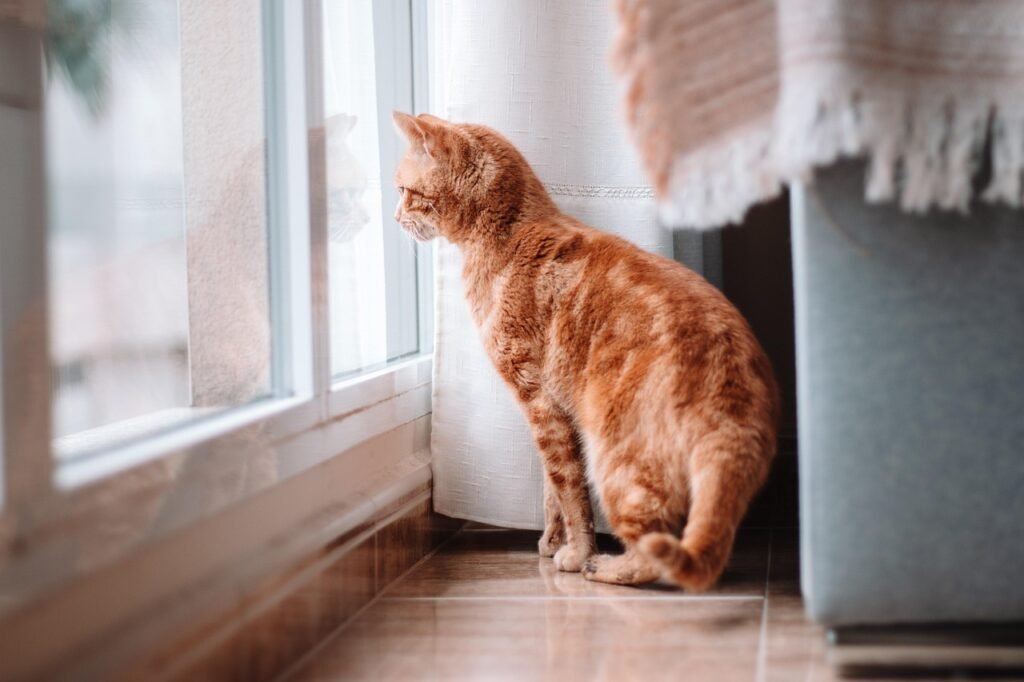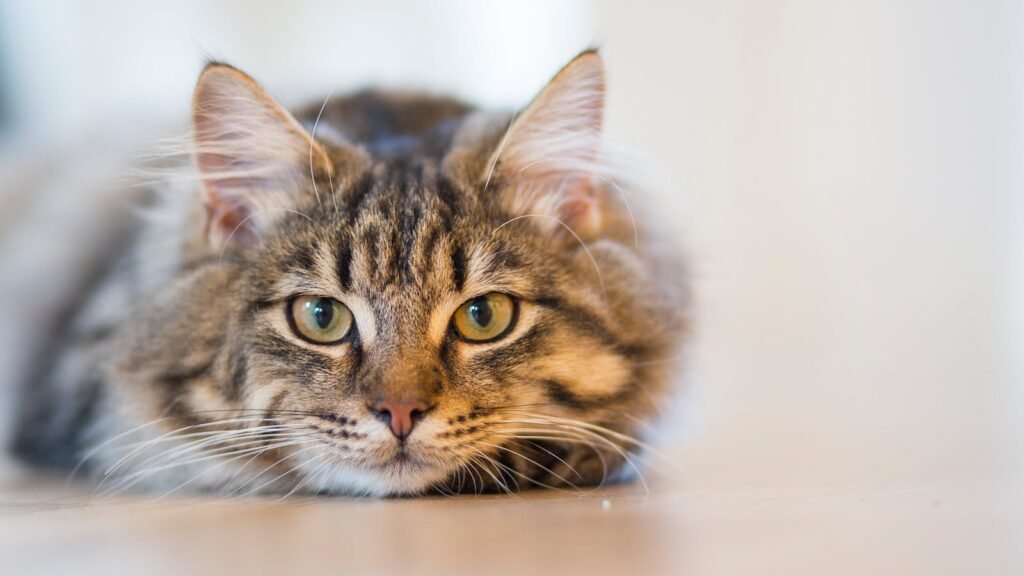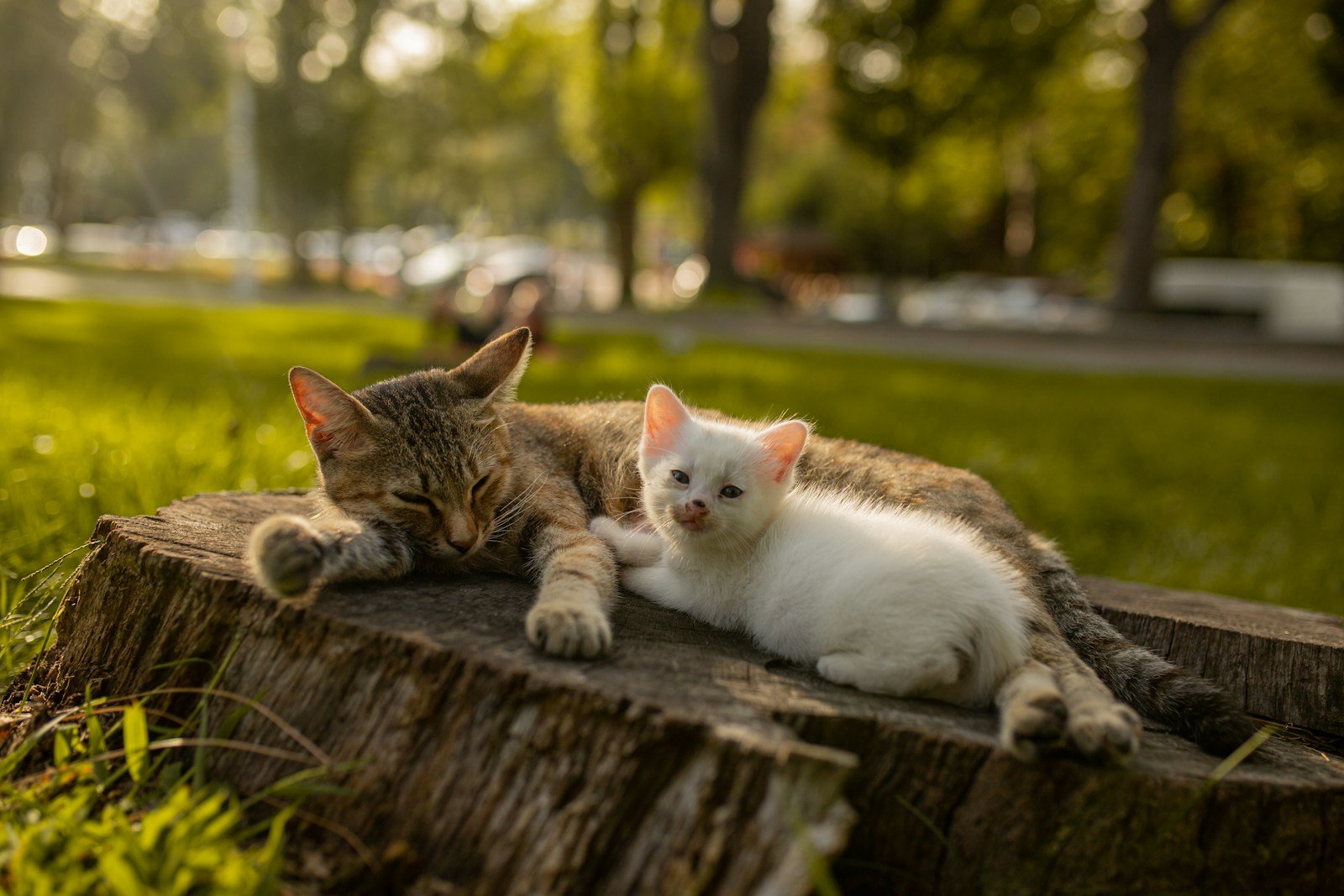Cats are highly territorial animals. They rely heavily on environmental cues to feel secure. A new environment can strip away these familiar markers, leading to anxiety. Understanding this aspect of your cat’s behavior is crucial and can help you provide the stability they need during the move.
Preparing the New Home

Before introducing your cat to a new home, ensure the space is cat-friendly. Set up a designated area with familiar items like their bed, toys, and scratching post. This safe zone should be quiet and away from the hustle and bustle, providing a retreat where your cat can feel at ease.
Gradual Introduction

When you arrive at your new home, introduce your cat to one room at a time. Allow them to explore at their own pace. Gradually, open up other areas of the house, enabling them to expand their territory naturally while avoiding overwhelming them.
Maintain Familiar Routines

Cats thrive on routine, so try to maintain their feeding schedule and playtime as consistent as possible. This familiar structure will reassure your cat that, despite the new surroundings, some aspects of their life remain unchanged.
Use Comforting Scents

Scents are a significant part of a cat’s environment. Use diffusers with feline pheromones, such as Feliway, to provide a calming influence. Additionally, keep bedding and toys unwashed for the first few weeks to preserve familiar scents from your previous home.
Provide Plenty of Hiding Spots

Allow your cat to have access to hiding spots throughout the new home. Boxes, nooks, or specially designed cat furniture can offer a comforting space where they can retreat when feeling uncertain.
Encourage Exploration

Encourage your cat to explore by placing treats or toys around the house. This can make the process more enjoyable and less intimidating, helping them build positive associations with the new environment.
Monitor Stress Levels

Keep an eye out for signs of stress, such as excessive grooming, appetite changes, or withdrawal. If your cat’s stress doesn’t subside over time, consider consulting a veterinarian for additional support or guidance.
Provide Interactive Play

Interactive play sessions can help alleviate your cat’s anxiety and build a stronger bond with you. Use toys that mimic prey, like feather wands or laser pointers, to provide mental stimulation and reduce stress.
Monitor Outdoor Time

If your cat is used to being outdoors, keep them inside for a few weeks before gradually re-introducing them to the outside world. Ensure that your new area is safe and that your cat is familiarized with the house as a secure base before they venture outside.
Consistent Positive Reinforcement

Use positive reinforcement to encourage confidence in their new surroundings. Offer treats and affection when they explore new areas or exhibit brave behavior. This can build confidence and create a positive environment.
Seek Professional Advice

If the transition proves overly challenging for your cat, despite your best efforts, consulting a feline behaviorist or a veterinarian can provide professional strategies tailored to your pet’s needs.
Avoid Punishment

Navigating a change of environment can be daunting for cats, and they might exhibit behavior that’s unlike their usual selves. Exercise patience and understanding, addressing issues with gentle guidance rather than punishment.
Encourage Vertical Space

Cats love to climb and perch. Providing vertical spaces like cat trees or shelves allows them to explore and observe their surroundings from a safe height, giving them control over their environment.
Ensure Safety and Security

Ensure that all exits are secure to prevent your cat from escaping. Microchipping and an updated collar are wise precautions if your cat becomes disoriented in the new environment.
Be Patient and Calm

Your calm demeanor can significantly influence your cat’s ability to adjust. Offer gentle reassurance and give your cat the time they need to feel comfortable in their new home.
Concluding Thoughts

Transitioning a cat to a new environment requires patience, understanding, and a structured approach. By taking the time to cater to their needs and providing stability through routine, comforting scents, and personal attention, you’ll help ensure the transition is as smooth and stress-free as possible. Remember to be empathetic to your cat’s experience, and soon enough, they’ll settle in and enjoy their new domain as much as their old one.
Hi, I’m Bola, a passionate writer and creative strategist with a knack for crafting compelling content that educates, inspires, and connects. Over the years, I’ve honed my skills across various writing fields, including content creation, copywriting, online course development, and video scriptwriting.
When I’m not at my desk, you’ll find me exploring new ideas, reading books, or brainstorming creative ways to solve challenges. I believe that words have the power to transform, and I’m here to help you leverage that power for success.
Thanks for stopping by, Keep coming to this website to checkout new articles form me. You’d always love it!






